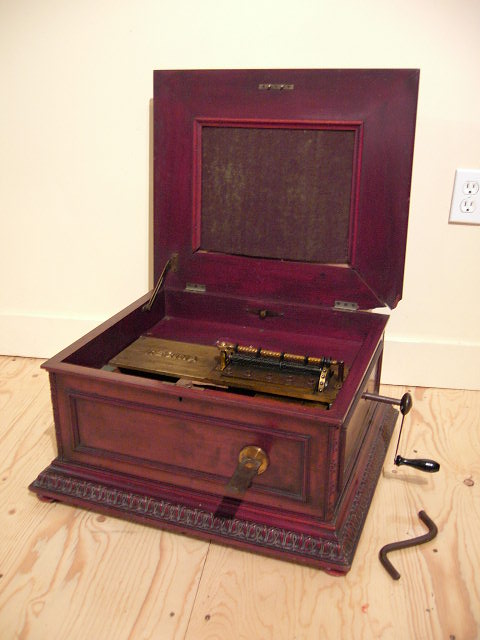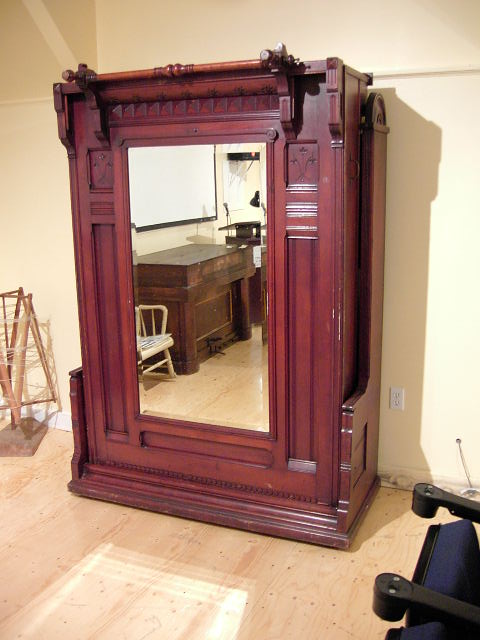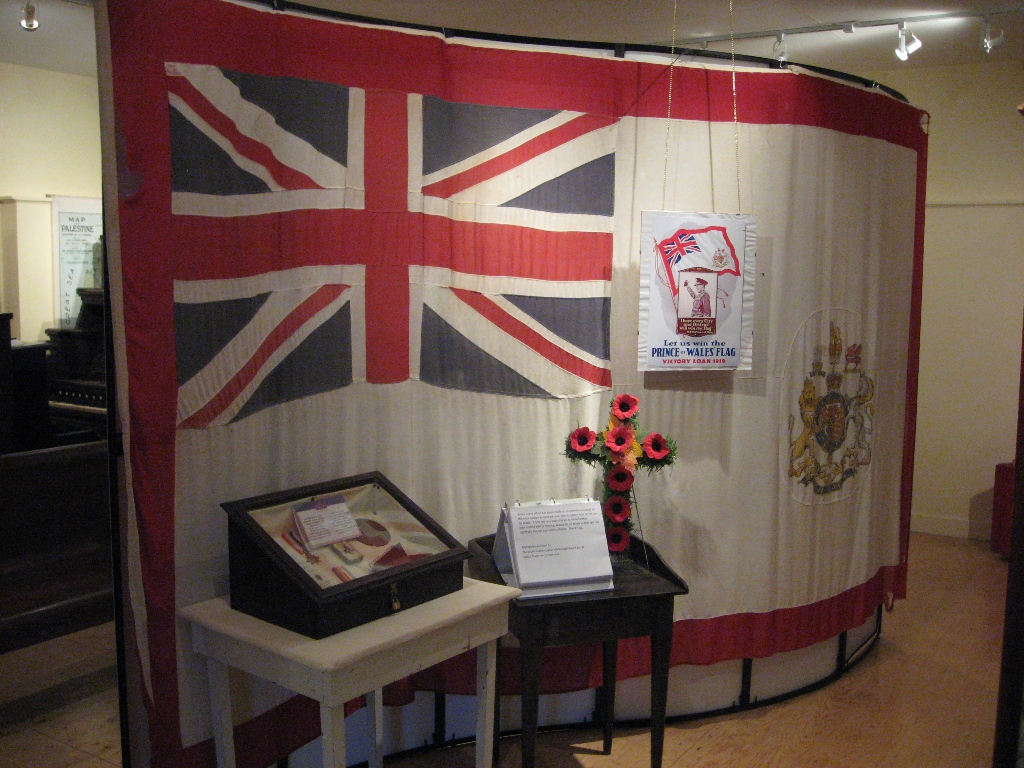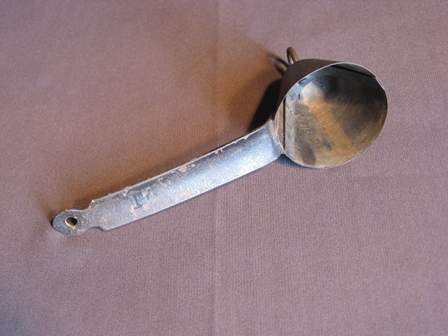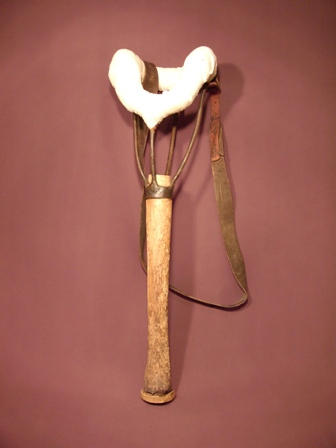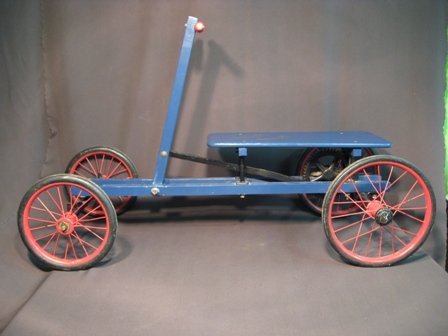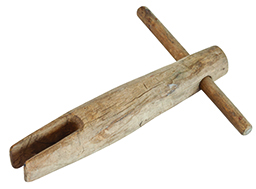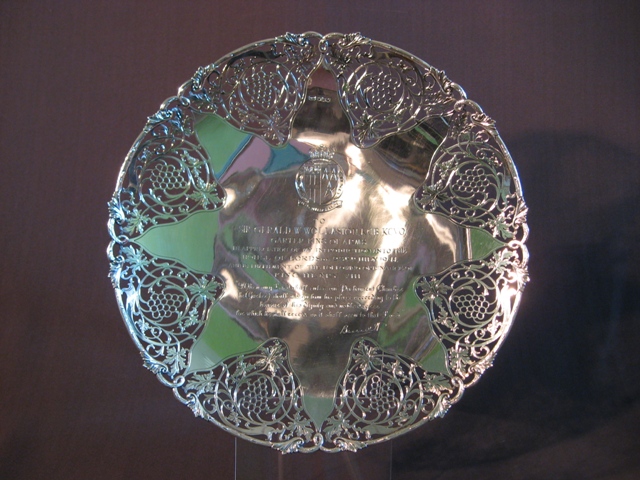In what was called the Trial of the Century in New Brunswick, the grizzly axe murder has become the stuff of legends; from the discovery of the body, to the chase from Saint John to St. Stephen, and Collins' eventual capture. Every detail was published by the press and read by anxious readers all across the province. The press took an immediate liking to the prisoner. Many members of the general public began to speculate that the murder had not been committed by Collins, but by someone who killed Mary Ann during a robbery of the rectory. After all, the rectory had been robbed several months before Tom had arrived. There was even talk that some people in the community did not like Mary Ann. One story even suggested that Father McAuley had killed Mary Ann because she was pregnant with his child, although that was doubtful, since she was 52 years old at the time. The case attracted so much attention that the Premier of the Province, Lemuel Tweedie, acted as Crown prosecutor during the preliminary trial.
Tom Collins would be tried three times for the murder of Mary Ann McAuley. He is thought to be the first man in Canada ever to be tried for the same crime in three separate trials. All three trials would be held at the new court house in Hopewell Cape, constructed only two years earlier.
Tom would be detained, during the three trials, in the jail located next to the court house.
The first trial began in January 1907. It lasted nine days, a very long time for any trial by the standards of the day. Most trials took only one day for a decision to be reached and even other murder trials rarely lasted nine days. Father McAuley took the stand and identified the valises carried by Tom as being the ones stolen from him and that the contents of the valises matched the objects that were taken from the house. However, some of the stolen objects, including the missing jewelry, were not found in the valises. One key piece of evidence was a razor found in the stolen valise, it may have been the one used to cut Mary Ann's throat. Two razors had been stolen from Father McAuley, and he identified the one found in the stolen valise as his, the other was still missing. Although the defense argued that the razor found in the valise was not Father McAuley's but was instead the razor which had been loaned to Tom by Mr. William Williamson.
The axe thought to have been the one used to kill Mary Ann and also used to smash the closet doors in Father McAuley's bedroom, had been found the previous month behind the commode in Father McAuley's bedroom. During the three trials, many questions surrounding the discovery of the axe would arise. Why had Father McAuley not found the axe? It was the new house keeper who had discovered it. Why had the police not located it in their search? Why had the murderer hidden the axe but not disposed of Mary Ann's body?
During the first trial, the defense did not call any witnesses and Tom did not take the stand. None of Tom's relatives from England attended the trial, however several friends and family from England wrote letters testifying to Tom's good character. Both the defense and the prosecution gave long, well-written summations, lasting a total of five and a half hours. In the end, Tom was found guilty and sentenced to hang. However, his defense was able to successfully argue that the judge, in his charge to the jury, had committed errors, so a new trial was ordered. The second trial of Tom Collins lasted seven days. At this trial Tom did take the stand in his own defense. Tom's defense throughout all three trials was that he was a thief and a liar who had stolen from Father McAuley, but that he did not kill Mary Ann. His lawyers would argue that the evidence against him was all circumstantial and that someone else could have robbed and murdered Mary Ann. The second trial ended in a hung jury. The third trial also lasted seven days, the verdict returned was the same as in the first trial: death by hanging.
The community was split as to Tom's guilt or innocence. Many people contributed to his defense fund. Four hundred and eighty-eight people had signed a petition asking for lenience, but their pleas would go unanswered. The High Sheriff of Albert County, Mr. Lynds, refused to hang Tom, and threatened to quit if ordered to do so. The hangman arrived by train from Montreal and inspected the gallows. On the morning of November 15th, 1907, Tom Collins, after writing a letter thanking those who had helped him, was taken to the gallows and hanged by the neck until he was dead. His body was then buried in an unmarked grave outside of the jail, which had been his home for over a year. His body was re-interred at a nearby cemetery sixty years later, when the jail and court house became a museum.
Tom was the only prisoner ever to be hanged at the Albert County Gaol. His case was referenced in the Supreme Court to justify the Double Jeopardy amendment to the Canadian Criminal Code. For a more detailed view of the murder and trial you can read more here.
***This was the page for an April Fools Story from 2016, rather than delete it we have removed the fictitious elements and left what we know to be the truth. Please follow the link above to read more or better yet come to the Museum and examine the evidence yourself. We have many articles from the original trial on display. ***
*** The comments below reflect the original article.***



